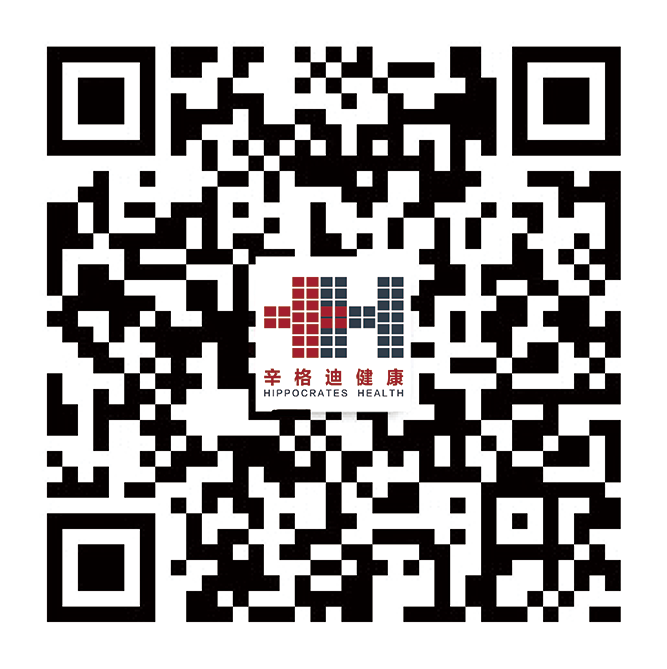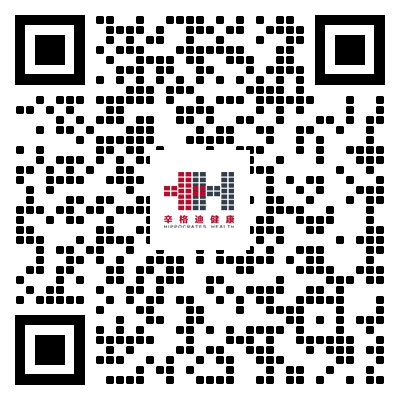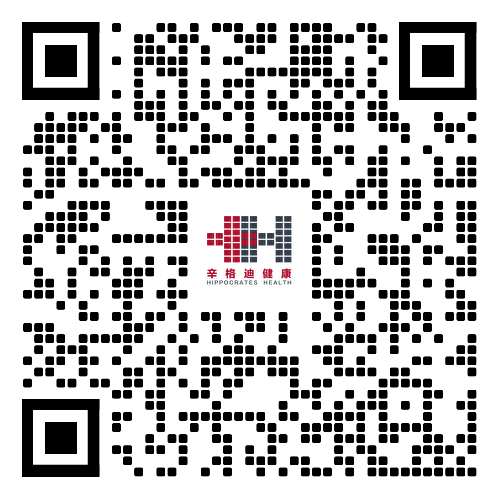Pharmacovigilance Management (PVS) Project of Fukang Pharmaceutical
I. Case Overview
Fukang (Shanghai) Health Technology Co., Ltd. (abbreviated as "Fukang") was founded on November 3, 2015. The company’s core team consists of professionals from top pharmaceutical companies in China and overseas, and it maintains close cooperation with renowned research institutions such as the Shanghai Institute of Materia Medica, Chinese Academy of Sciences. In addition, Fukang Pharmaceutical has established business cooperation with listed companies including Fosun Pharma, Jiuzhoutong Pharmaceutical Group, and Kexing Pharmaceutical.
Fukang Pharmaceutical is committed to the design and R&D of original innovative drugs with "First-in-Class" or "Best-in-Class" potential, focusing on three core areas: tumor drug resistance, DNA repair, and tumor immunology. Its product pipeline covers a variety of solid tumors, including breast cancer, prostate cancer, pancreatic cancer, liver cancer, gastric cancer, and lung cancer. Among them, CVL218, a PARP inhibitor, is one of Fukang Pharmaceutical’s core products. It has entered Phase I/II clinical trials and demonstrated significant preclinical and clinical data performance.
Since its establishment, Fukang Pharmaceutical has attracted support from many well-known investment institutions and completed multiple rounds of financing in a short period, thanks to its strong R&D capabilities and precise product pipeline strategy. Guided by meeting unmet clinical needs in China and globally, the company is dedicated to providing innovative treatment options for a large number of cancer patients.
II. Project Background
With the official implementation of China’s newly revised Drug Administration Law in December 2019 and the release of the Announcement on the Good Pharmacovigilance Practice (GVP) (Announcement No. 65 of 2021) on May 7, 2021, China has officially entered the era of pharmacovigilance. Pharmacovigilance activities revolve around two core threads:
- The construction of a pharmacovigilance system, which requires marketing authorization holders (MAHs) to establish, operate, and maintain a pharmacovigilance system;
- Drug risk management, which requires MAHs to monitor, identify, evaluate, and control risks.
- Typical deficiencies frequently mentioned in official reports on GVP inspections include:
- Inadequate pharmacovigilance system: Enterprises may fail to establish a sound pharmacovigilance system, including the monitoring, identification, evaluation, and control of adverse drug reactions (ADRs) and other drug-related harmful reactions.
- Insufficient participation of professional managers: Enterprises may fail to involve pharmacovigilance managers fully in business activities, leading to incomplete implementation of pharmacovigilance work and inadequate drug safety management.
- Poor quality of pharmacovigilance reports: Enterprises may not attach sufficient importance to pharmacovigilance reports (e.g., individual case reports, Development Safety Update Reports (DSURs), and Periodic Safety Update Reports (PSURs)), resulting in incomplete, low-quality reports that fail to meet regulatory requirements.
- Inadequate risk communication: Pharmaceutical enterprises may fail to collaborate effectively with medical institutions, drug manufacturers, and drug distributors in conducting pharmacovigilance activities, leading to insufficient risk communication.
- The Hippocrates Pharmacovigilance Management System (PVS; brand names: Jingtai® and VigiTrust®) is an independently developed solution by Singdi. It targets marketing authorization holders (MAHs) and professional contract research organizations (CROs), including pharmaceutical companies, vaccine enterprises, and medical device companies. The system supports the entire business process of compliant and efficient collection, processing, submission, and analysis of pharmacovigilance data, covering adverse event reporting and safety management during both the clinical trial phase and post-marketing phase of products. It is compliant with the ICH E2B (R3) standard and enables electronic transmission of Individual Case Safety Reports (ICSRs) to various regulatory authorities via real-time Gateway-to-Gateway submission or E2B (R3) XML file submission through the "Applicant Window". By applying this pharmacovigilance management system, Mainovate can conduct more professional and systematic drug safety management, ensuring the safety and efficacy of drugs while meeting regulatory requirements and market demands.
III. Specific Measures
(I) Overall Planning
Based on the Aotai Platform, Singdi PVS integrates a pharmacovigilance regulatory database, pharmacovigilance system documents, industry-related training materials, quality management systems and processes, electronic signatures, and a Serious Adverse Event (SAE) Assistant. As a comprehensive digital pharmacovigilance solution, it helps enterprises quickly establish a pharmacovigilance operation system that complies with national regulations and regulatory requirements, and build a comprehensive digital pharmacovigilance management platform.
On the basis of the established Jingtai System, the platform’s capabilities in signal detection, big data analysis, and business automation can be further enhanced, leveraging advanced technologies to continuously empower pharmaceutical enterprises in their pharmacovigilance work.
(II) Business Model
The Singdi Jingtai System includes multiple functional modules. Enterprises can select different modules based on requirements such as pharmacovigilance system construction, pre-marketing/post-marketing business activities, and signal detection, and implement them in phases. As a standardized SaaS product, the Jingtai System has a short implementation cycle (2-4 weeks) and can quickly respond to customers’ system construction and GVP business needs. By implementing the Singdi Pharmacovigilance Management Solution (PVS), Mainovate helps pharmaceutical companies comprehensively improve their pharmacovigilance management capabilities and meet industry compliance requirements in response to the complex regulatory demands of the pharmaceutical industry, through the following aspects:
- Establish a sound pharmacovigilance system: Pharmaceutical enterprises need to establish and continuously improve a pharmacovigilance system in accordance with the Good Pharmacovigilance Practice (GVP), ensuring the system covers the monitoring, identification, evaluation, and control of ADRs and other drug-related harmful reactions throughout the entire drug life cycle.
- Personnel training and qualification: Pharmaceutical enterprises should be staffed with a sufficient number of full-time personnel with appropriate qualifications and conduct pharmacovigilance training to ensure relevant personnel possess the necessary knowledge and skills.
- Standardize pharmacovigilance activities: Pharmaceutical enterprises should standardize pharmacovigilance activities, including the monitoring and reporting of adverse reaction information, risk identification and evaluation, and risk control, to meet the requirements of the National Medical Products Administration (NMPA).
- Quality management and internal audits: Pharmaceutical enterprises should establish a quality assurance system, conduct regular internal audits to evaluate the appropriateness, adequacy, and effectiveness of the pharmacovigilance system, and take corrective and preventive actions for identified issues.
- Risk communication: Pharmaceutical enterprises should collaborate with medical institutions, drug manufacturers, and drug distributors in conducting pharmacovigilance work and conduct effective risk communication when necessary.
- Comply with international standards: With the internationalization of the pharmaceutical industry, pharmaceutical enterprises also need to comply with international standards (e.g., ICH E2B (R3)) to ensure the compliance of ICSR submissions.
- The implementation of PVS not only improves the efficiency and quality of pharmacovigilance management but also helps enterprises establish a sound pharmacovigilance management system, thereby enhancing their drug safety and compliance capabilities.
(III) Technical Architecture
Singdi PVS is one of the core solutions on the Singdi Aotai Digital Platform. Developed jointly by Singdi’s industry experts and IT specialists, the Aotai Platform adopts the management concept and market positioning of "Quality and Compliance Expert". It helps enterprises improve their quality and compliance levels, meet industry regulatory requirements, enhance management capabilities, and accelerate the launch of more safe, effective, and high-quality products.
Applications on the Aotai Platform can be customized into quality systems based on enterprise needs. The built-in configuration tools already cover multiple quality management functions, eliminating the need for customization or programming to implement specific processes. Trained personnel can quickly customize forms, decision trees, and dashboards to meet specific business needs.
The Aotai Platform’s superior design ensures users can quickly access large volumes of records and data, thereby improving work efficiency. The "intelligent loading" of forms minimizes loading time; frequently used data is cached to maximize network bandwidth utilization; data is stored in an efficient manner; and the distributed architecture is optimized for server scaling. Standard APIs greatly improve system access efficiency, including:
- Automatic email notifications, SMS notifications, and dashboard alerts integrated into workflows, significantly reducing the risk of missing tasks or approvals.
- Background task submission and management mode supporting users to perform other tasks simultaneously.
- Provision of a standard middleware service layer to support integration with any third-party system, facilitating data exchange between the Aotai Platform and other application systems.
IV. Construction Outcomes
(I) Enterprise Outcomes
Hippocrates PVS not only helps enterprises quickly establish a pharmacovigilance management system but also supports pharmaceutical enterprises in conducting comprehensive pharmacovigilance activities, including:
- Entry of individual case safety reports into the system;
- Quality control of individual case safety reports;
- Medical review of individual case safety reports and drafting of Serious Adverse Event (SAE) descriptions;
- Drafting of post-marketing focused surveillance research protocols;
- Compilation of focused surveillance reports;
- Compilation of clinical trial reports;
- Search for adverse events in Chinese and English literature;
- Formulation of risk control/management strategies.
- Based on the Aotai Platform, the solution integrates a pharmacovigilance regulatory database, pharmacovigilance system documents, industry-related training materials, quality management systems and processes, electronic signatures, and an SAE Assistant. As a comprehensive digital pharmacovigilance solution, it helps enterprises quickly build a pharmacovigilance operation system compliant with national regulations and regulatory requirements, and establish a comprehensive digital management model based on "Jingtai" to meet the increasingly strict regulatory requirements faced by enterprises.
(II) Social Outcomes
- Ensuring enterprises meet inspection and industry regulatory requirementsIt helps enterprises build a digital management system to meet industry regulatory requirements. The PVS system covers the entire workflow of pharmacovigilance work, is designed in compliance with relevant domestic and international standards, and meets regulatory requirements. It has built-in audit trails and query management functions to satisfy enterprise inspection and audit needs.
- Intelligent data collection and data analysisIt features convenient and fast data collection (supporting both PC and mobile terminals), process-oriented and guided collection (simple and easy to learn), and permanent data retention. It can generate multi-dimensional reports covering drugs, clinical data, regions, and patients, enabling comprehensive data analysis by day, week, month, or full cycle. It also provides real-time data query and rich graphical report presentation functions, and can quickly generate PSURs and DSURs with guided operations and automated report generation, featuring short report cycles and high efficiency.
- Improving drug safety and ensuring public access to reliable drugsSingdi PVS enables timely monitoring and identification of ADRs and evaluation of drug safety, thereby reducing the occurrence of ADRs and ensuring public drug use safety. Through the analysis of ADRs, pharmaceutical enterprises can identify issues in drug production and use, further improving drug quality and efficacy. The drug safety information provided by the pharmacovigilance system helps doctors and pharmacists make more rational medication decisions, enhancing the safety and efficacy of clinical medication. Through monitoring and analysis by the pharmacovigilance system, drug risks can be identified and controlled in a timely manner, reducing harm to patients caused by ADRs and protecting patient rights and interests.
- Realizing greater public health value Hippocrates PVS improves the efficiency of drug safety information collection and analysis, helping pharmaceutical enterprises and regulatory authorities allocate resources more rationally and enhance work efficiency. It assists pharmaceutical enterprises in better understanding the performance of drugs in practical use, providing feedback for drug R&D and promoting pharmaceutical innovation. It helps identify and control drug safety incidents in a timely manner, reducing the occurrence of public health incidents and improving public health standards. The application of PVS also helps pharmaceutical enterprises comply with international drug regulatory standards and promote international pharmaceutical cooperation, as well as meet national and international regulatory requirements, ensure drug safety, and protect public health.
V. Related Solutions
- Pharmacovigilance Solution (PVS)
- GMP Quality and Compliance Digital Solution (QCMS)
VI. Related Cases
- Pharmacovigilance Management System (PVS) Project of Nanjing Mainovate Pharmaceutical Technology Co., Ltd.
- Pharmacovigilance Management System (PVS) Project of Beijing Northland Biotechnology Co., Ltd.
- Pharmacovigilance (PVS) Project of Sinovac Biotech Co., Ltd.



